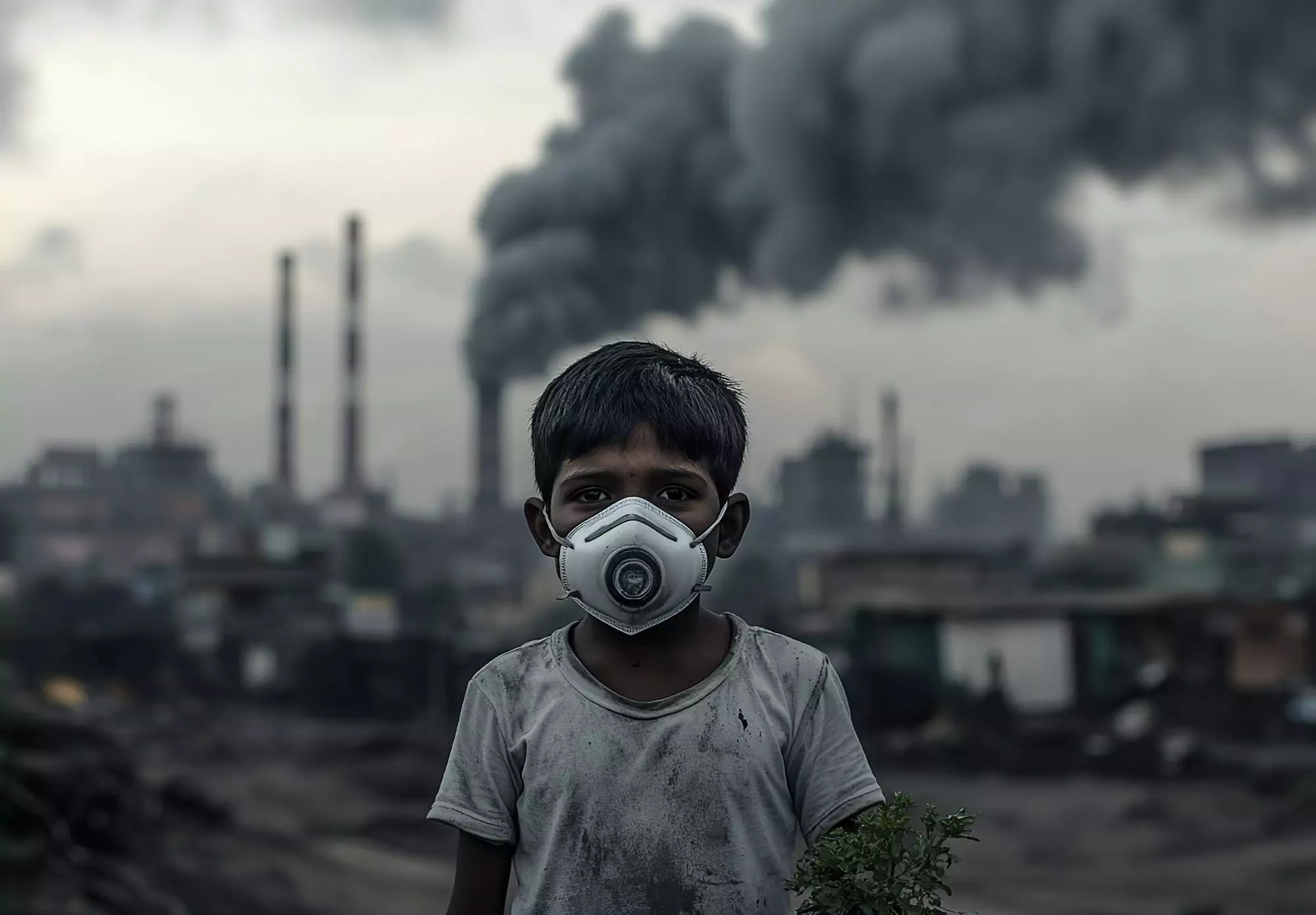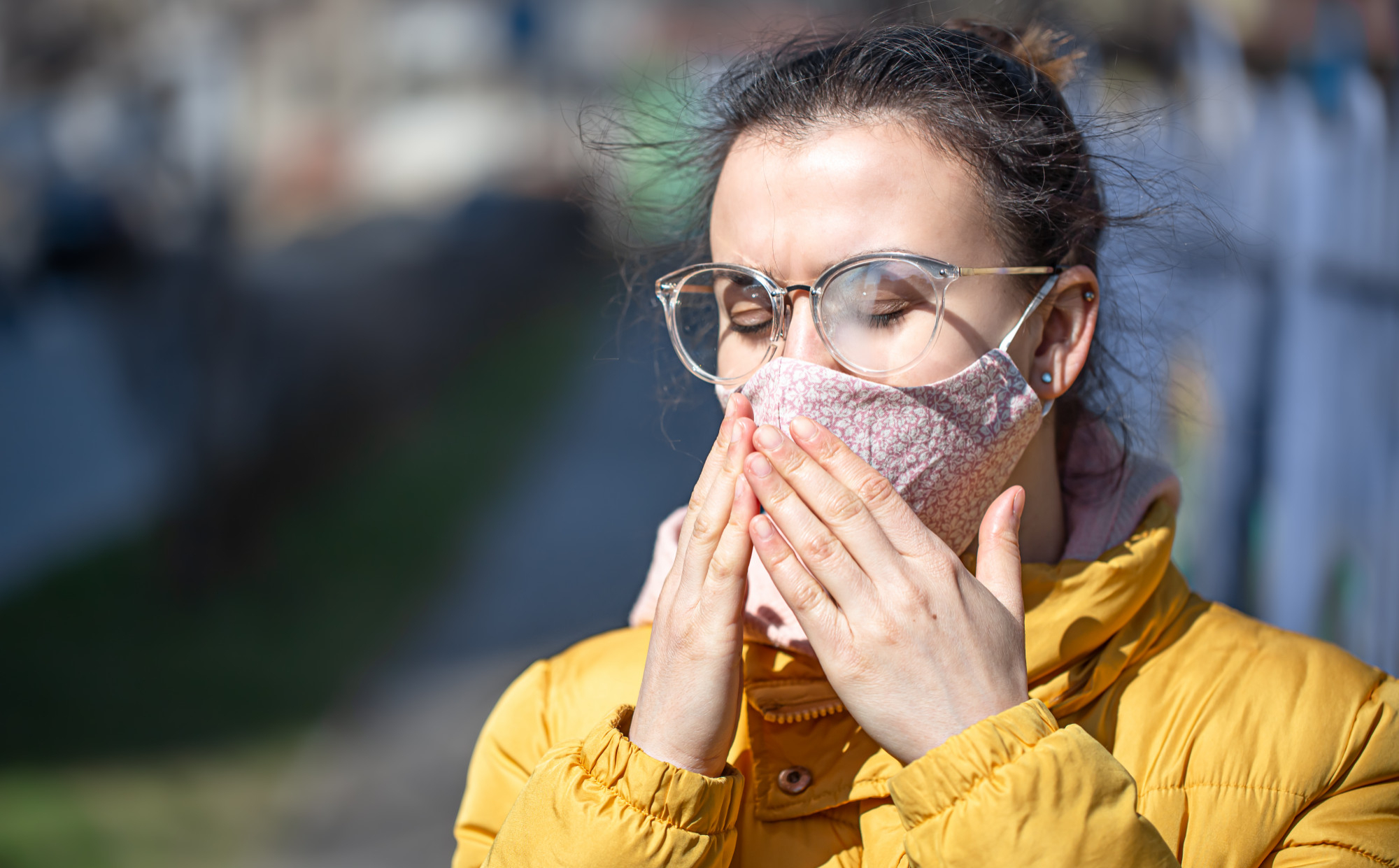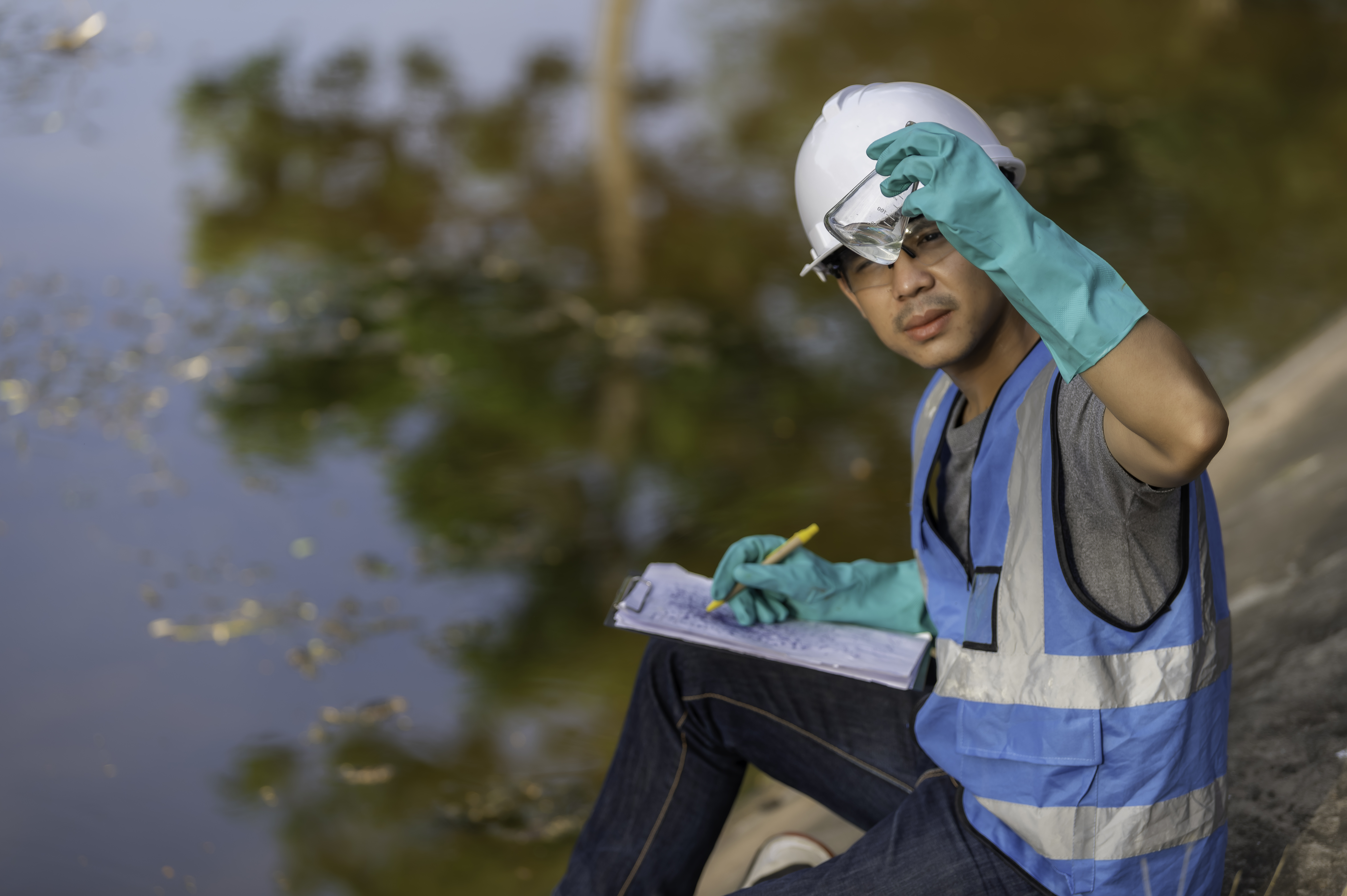Top 5 Common Indoor Air Pollutants—and How Air Testing Can Detect Them
- 13 May, 2025

Think the air inside your home or office is clean? Think again.
Indoor air can be up to five times more polluted than outdoor air. Whether it’s a musty smell, lingering dust, or unexplained headaches, poor indoor air quality often goes unnoticed until it causes serious health issues. This is why a timely pollution check, air quality check, or home air quality test is more essential than ever.
While most people associate pollution with traffic and factories, indoor pollutants quietly accumulate in our everyday surroundings—from our homes and offices to schools and public spaces. These hidden contaminants can reduce comfort, damage property, and put people at risk of chronic illnesses.
In this blog, we uncover the top five common indoor air pollutants, how they impact your health, and how professional air testing services can help identify and eliminate them before they become serious threats.
Understanding Indoor Air Pollution
Indoor air pollution refers to harmful contaminants that accumulate inside homes, offices, and other enclosed spaces. Factors like poor ventilation, synthetic furnishings, chemical cleaners, and daily activities contribute to the problem. Unlike outdoor air, which gets diffused and filtered naturally, indoor air gets trapped and can become a reservoir for pollutants.
The Air Quality Index (AQI) provides a numerical scale for pollution levels, but it often represents outdoor air. Indoor air, meanwhile, can harbor a mix of unseen pollutants, including gases, chemicals, dust particles, and allergens, making dedicated air testing crucial.
Many buildings, especially older constructions, may also have outdated HVAC systems that worsen the problem by circulating contaminants instead of filtering them. A home air quality test or office pollution check can identify such systemic issues early.
1. Particulate Matter (PM2.5 and PM10)
What it is: Tiny particles from dust, smoke, and combustion that are small enough to be inhaled deep into the lungs.
Health risks:
- Respiratory irritation
- Asthma attacks
- Cardiovascular problems
- Reduced lung function over time
Sources: Cooking fumes, smoking, industrial emissions, unsealed windows, outdoor air intrusion, and even printers.
How air testing helps: High-tech monitors measure PM concentrations during an air quality check, helping pinpoint sources and recommend filtration, insulation, or ventilation upgrades. Continuous monitoring can also highlight trends and alert users before PM levels reach dangerous thresholds.
2. Volatile Organic Compounds (VOCs)
What it is: Gases released from paints, cleaning agents, adhesives, and furniture. These compounds evaporate into the air at room temperature.
Health risks:
- Eye, nose, and throat irritation
- Nausea and headaches
- Dizziness and fatigue
- Long-term organ damage and increased cancer risk
Sources:Air fresheners, varnishes, upholstery, dry-cleaned fabrics, cosmetics, and office equipment.
How air testing helps: A comprehensive pollution check detects VOC levels and provides data-driven suggestions for minimizing exposure. Air quality experts may also suggest replacing high-emission items with safer, certified alternatives and improving ventilation in VOC-prone areas like storage closets and garages.
3. Carbon Monoxide (CO)
What it is: A colorless, odorless, and deadly gas formed by the incomplete combustion of fuel-based appliances.
Health risks:
- Dizziness and confusion
- Headaches
- Fatigue
- Death in high concentrations due to oxygen deprivation
Sources:Gas stoves, water heaters, fireplaces, furnaces, vehicles in attached garages, and kerosene lamps.
How air testing helps: Real-time sensors in a home air quality test detect even low levels of CO, allowing for immediate action, equipment checks, and appliance servicing. CO alarms alone may not offer comprehensive protection, making periodic professional testing highly recommended.
4. Mold and Mildew Spores
What it is: Microscopic fungi that thrive in moist, humid environments and spread through airborne spores.
Health risks:
- Allergic reactions (sneezing, itching, watery eyes)
- Respiratory issues (especially in asthma patients)
- Chronic sinus infections
- Skin rashes and immune reactions
Sources: Leaky pipes, humidifiers, poorly ventilated bathrooms, basements, and damp ceilings or walls.
How air testing helps: Sampling and lab analysis during an air quality check reveal mold spore levels and species. Based on the findings, experts recommend moisture control steps, HVAC decontamination, or professional mold remediation to prevent further spread.
5. Formaldehyde
What it is:A strong-smelling chemical used in building materials and household products. It is classified as a human carcinogen.
Health risks:
- Burning sensations in the eyes, nose, and throat
- Allergies and skin irritation
- Triggering asthma symptoms
- Cancer with prolonged exposure
Sources: Plywood, particleboard, insulation, synthetic fabrics, pressed-wood furniture, and cigarette smoke.
How air testing helps: Laboratory-grade air testing equipment measures formaldehyde concentration and advises on safer alternatives. Experts can recommend certified low-emission furniture and coatings, helping you design a healthier indoor space.
Why Air Testing Is the Smart Solution
Ignoring indoor pollutants doesn’t make them disappear. On the contrary, they accumulate and quietly wreak havoc on health, productivity, and property. Whether you own a home or run a business, an air quality check is one of the smartest investments you can make.
Air testing services:
- Identify invisible threats before symptoms appear
- Provide detailed reports with pollutant levels and safe exposure limits
- Help you comply with building codes, safety laws, and environmental standards
- Offer mitigation strategies like air purifiers, dehumidifiers, material swaps, and HVAC upgrades
- Enhance overall comfort and energy efficiency
Regular home air quality tests or workplace pollution checks also improve morale and show your commitment to well-being, which is increasingly important in hybrid and remote work environments.
Conclusion
Don’t let invisible enemies compromise your well-being. The top five indoor air pollutants—PM, VOCs, CO, mold, and formaldehyde—are more common and more dangerous than many people realize.
Fortunately, regular air testing, air quality checks, and pollution checks make it easy to identify these threats early and take corrective steps. The result? A healthier environment, fewer sick days, better focus, and peace of mind.
Take charge of your indoor environment today. Whether you’re a homeowner or a business leader, scheduling a professional home air quality test or air testing service can make all the difference.
Ready to breathe easier? Book your air quality check now and create a cleaner, safer indoor space for yourself and those around you.
Related Blogs
The Impact of Climate Change on India's Agriculture and Food Security
- 23 September, 2024









